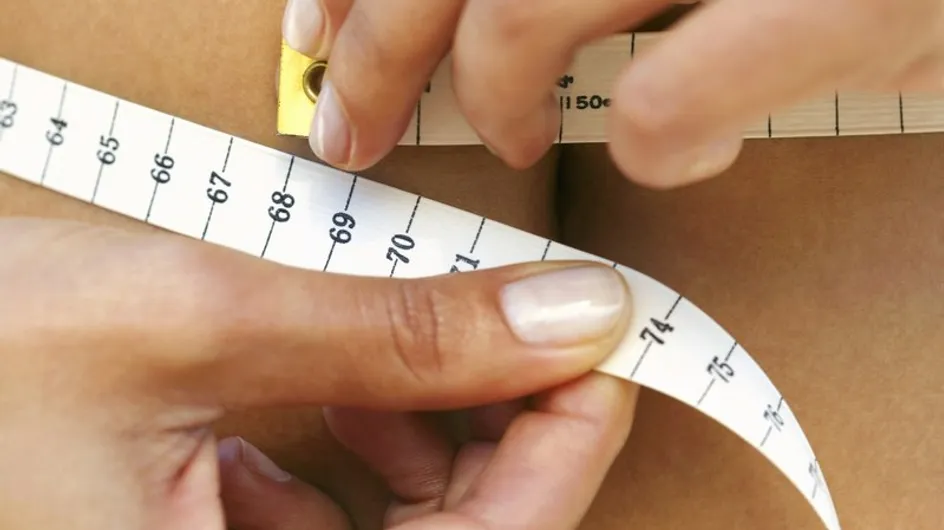Your weight graph is an essential tool to use if you're trying to lose weight. It allows you to see at a glance the progression of your weight in order to readjust your diet if you need to and have a better control of your diet and fitness.
Tracing the curve
Simply draw a graph with the time in weeks on the vertical line and your weight in kilos or stones and pounds on the horizontal line.
Fix a time and date when you weigh yourself. For more reliability, always do it at the same time, wearing similar clothing (or nothing at all, preferably), using the same scales. Your weight can vary considerably from one scale to the next and from one day to the next.
Once you've weighed in, add your new figure to your graph and over time draw a line between the points.
Analysing your progress
The curve you make charts your weight evolution over time. If you're on a diet, it's important to find out at what times you tend to let go and put weight on (if you're premenstrual, emotional, tired, on holiday, sedentary, etc).
It can be worth writing the reasons for fluctuation on your graph, next to highs and lows, to help you identify the reasons for your weight loss or gain.
Adjusting your weight loss plan
Once you’ve identified these reasons for your weight fluctuation, you can change your diet and fitness plan accordingly. If the highs of the curve correspond to a drop in exercise, you know every run or gym session counts and you need to concentrate on getting regular exercise. If weight gain is due to overeating, you need to be stricter with yourself for a while to make up for it.
Your curve will also be a helpful tool if you see a nutritionist: it will help determine your weight profile, the reasons for your weight gain, how easily you lose weight, etc.
One last piece of advice before you get your pencil and ruler out: don’t worry about fluctuations from one week to the next. You need to chart your progress over time. Bear in mind that hormones can make your weight vary over a week, but this doesn't necessarily mean you've put on weight.













